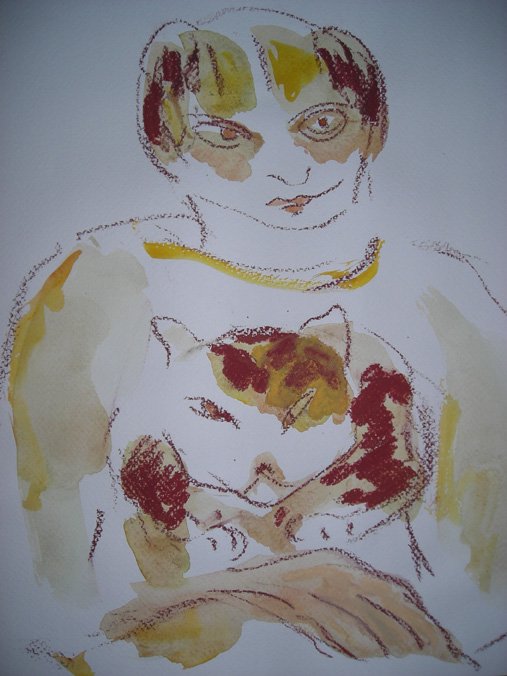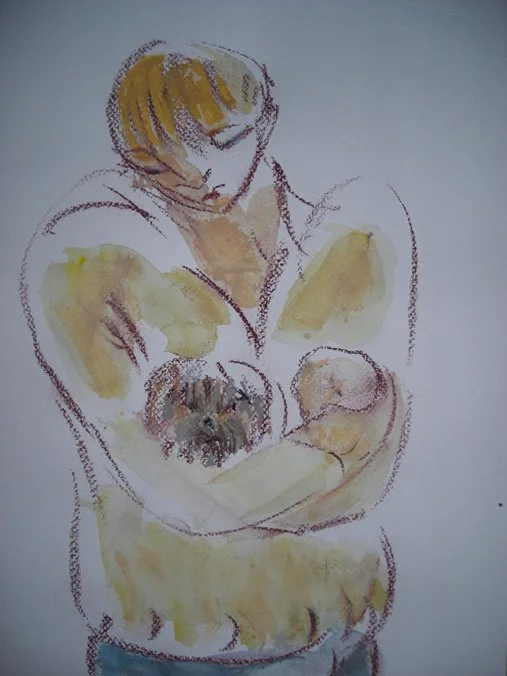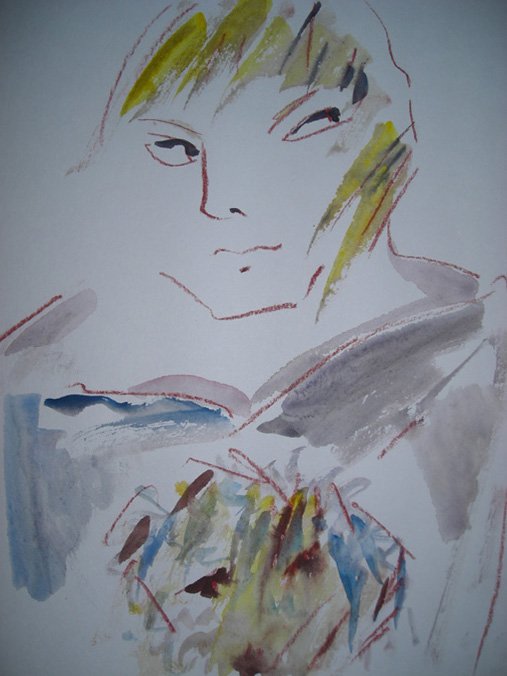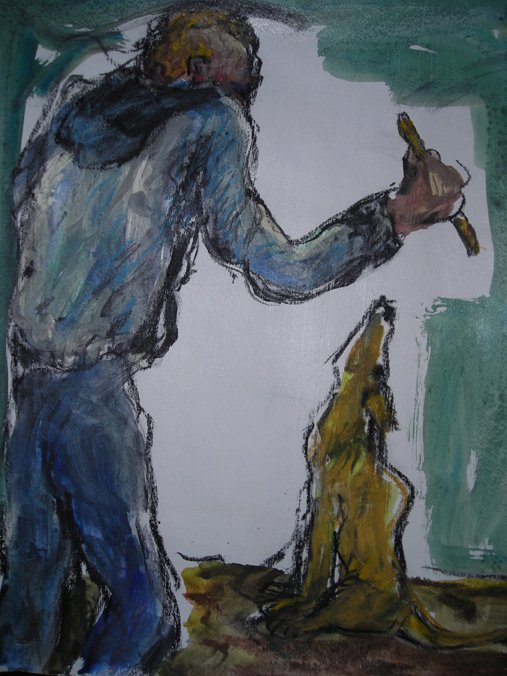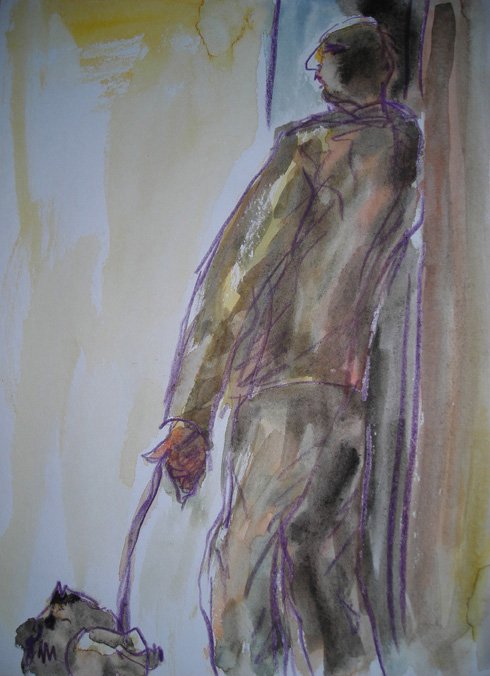Clipped
When We Talk About Cats and Dogs
When the pet is not seen as a pet, we come closer to just what a pet is. Of course, as with most things taken up with passion, people have many motivating factors and find many aspects of fulfillment. To a child a pet is a friend, companion, source of affection and total, dependable, loving adoration.
And to the elderly, a pet is a friend, companion, source of affection and total, dependable, loving adoration. Caring for a pet is also rewarded with a sense of purpose and accomplishment.
So where, in the middle years of adulthood caught up in professional life and family life, where does the pet fit, and what does the pet bring to the busy, engaged life? Quite simply, the pet is a friend, companion, source of affection and total, dependable, loving adoration.
But then, we also find, the pet secures young relationships as would a baby. The family finds entertainment and amusement in the habits of the cat. The isolation of commuting communites is bridged by dogs on the evening walk. The awkwardness of social encounter is deflected by the presence of twitching whiskers or thumping tail.
And then, rising from these fundamental experiences of daily life, the routine comings and goings, the self somehow becomes so identified with the pet that we have twin sweater sets, matching coats, and color-coordinated outings. These drawings weave in and out of the embrace, the gaze, the pose. A light splash of color, a jiggley line of crayon, a containing form about to lose control as the light of the page breaks through from every direction...these are the rendering of an off-kilter, imbalance: the big animal and the little animal with a cross-species tie that binds.
Jan Wurm December 29, 2011
Enslaved by Love
Whether we pick our pets or they pick us, one thing is clear: we suit each other. From the color of our hair to the shading of the coat, we stroke, the long or short haired, the silky or the wire-haired, with an intimate hand as familiar as if we were tossing our own tresses or parting our own moustache. The cocked head, the spread feet, the side-stepping gait - just as couples living long together lakeside or in mountain heights take on a posture or expression which brings gasps from observers of the common appearance, people and their pets strike poses which mirror each other.
The playfulness of the puppy infects the master's spirit with joy. The kitten's uninhibited exploration brings laughter to the owner's calm. A shared diet can account for a shared silhouette, a common love of swimming can broaden all shoulders, and a level of good will and humor can account for a mutual degree of affection and grooming.
As for the closeness or independence of the quiet moments alone, master and enslaved devotee reveal all in their sprawling, entwined extremities and their faithful gaze. These drawings are open expanses, like the blank screen across which an image flickers and in that moment something beyond the image is illuminated. Some flash of recognition of the meaning of the experience is scratched across the surface. The drawing is loose, a line in constant movement, a puddle of color to anchor, to give weight to a thought ready to fly off, nearly forgotten as the day passes and the activity is lost to the accumulation of the mundane. But some trace is left on the surface, the page, and the fragmentary remnant serves to conjure up the sense of the whole.
